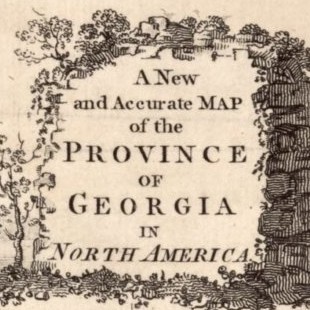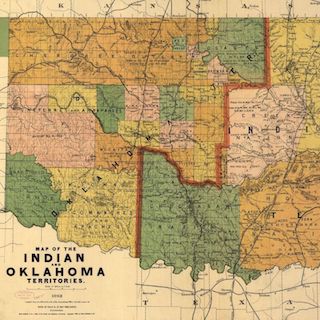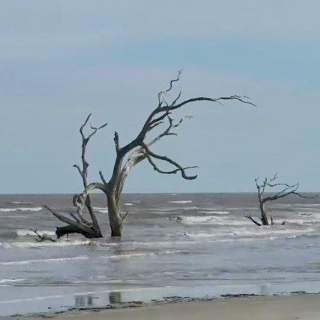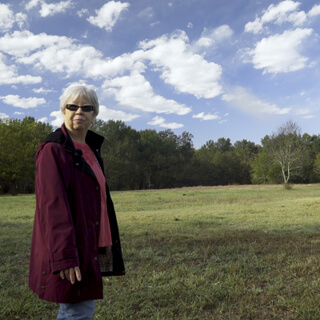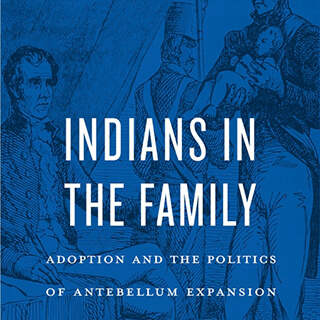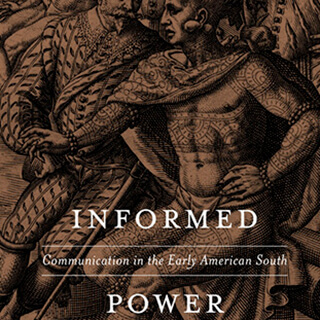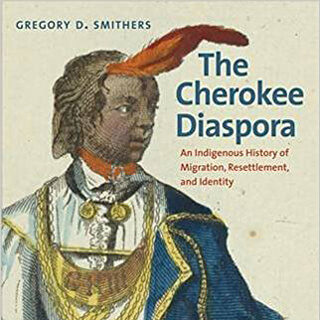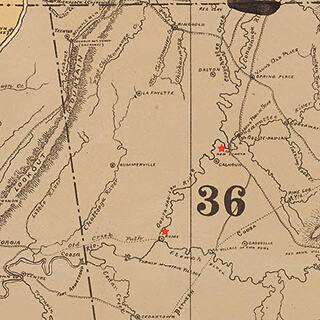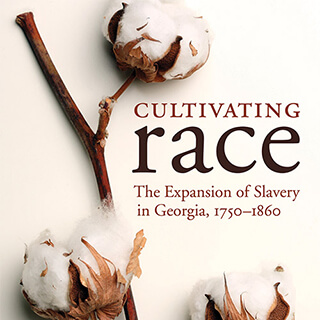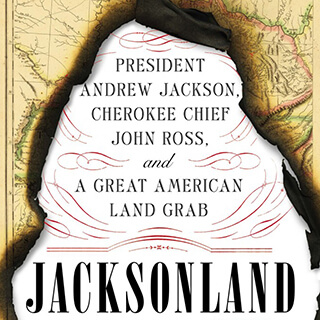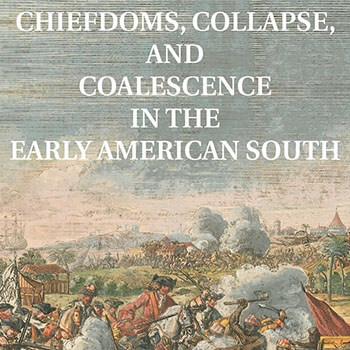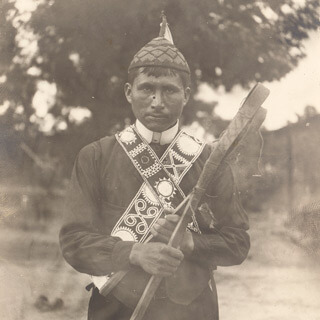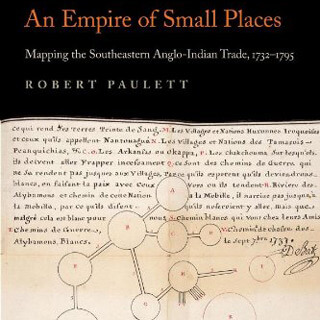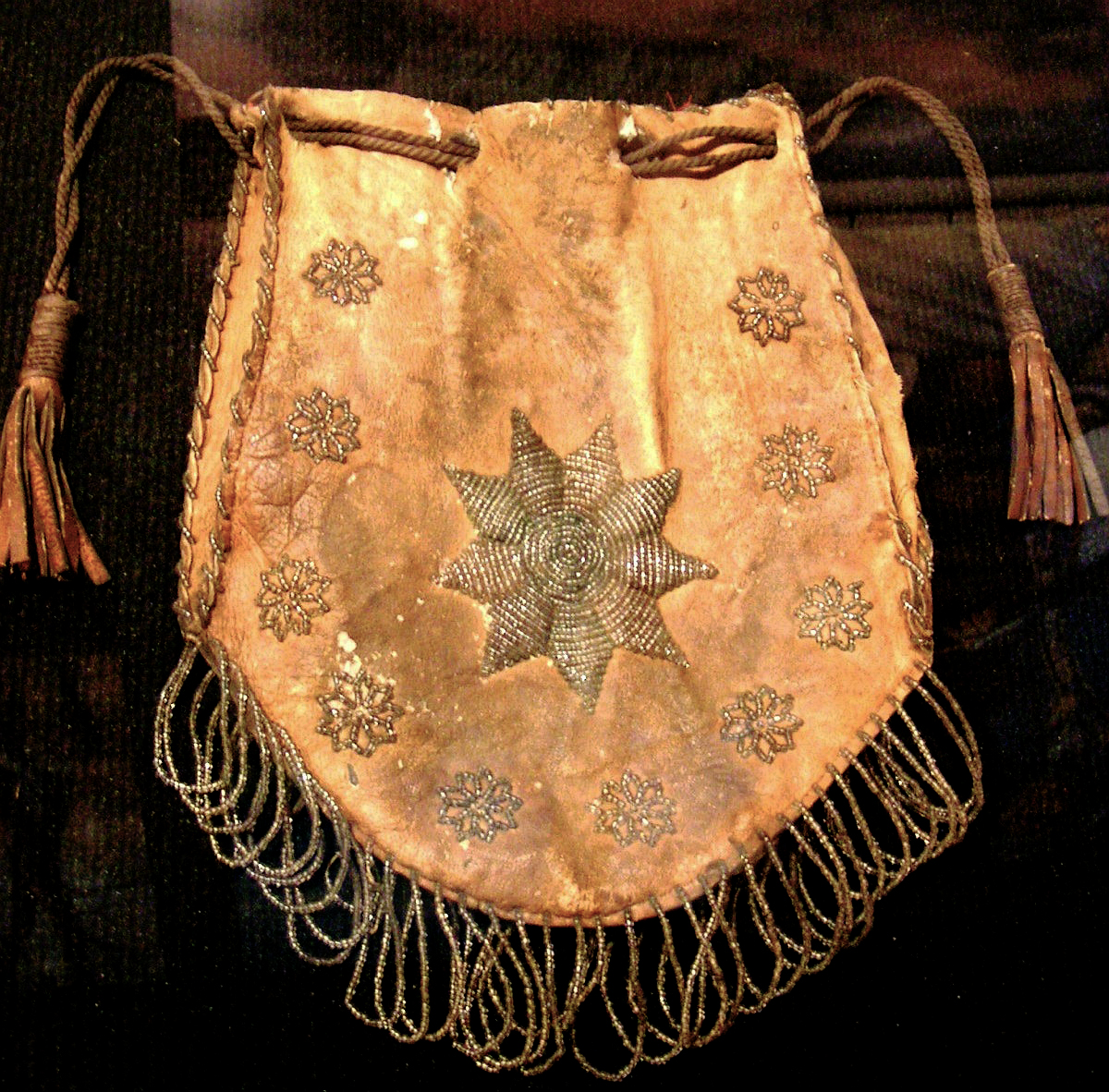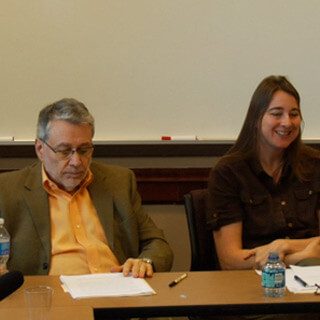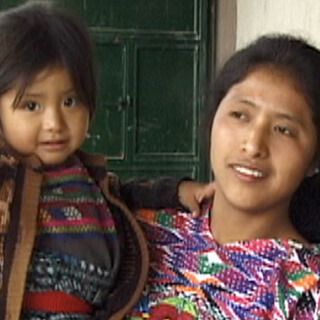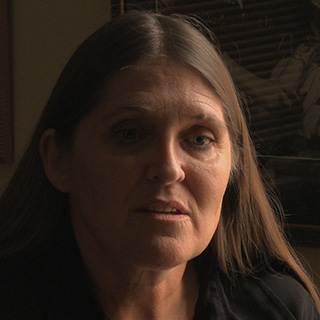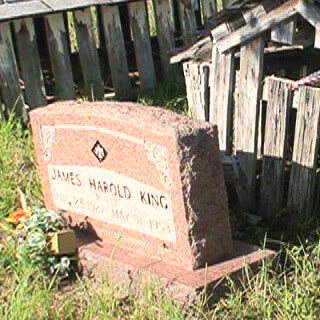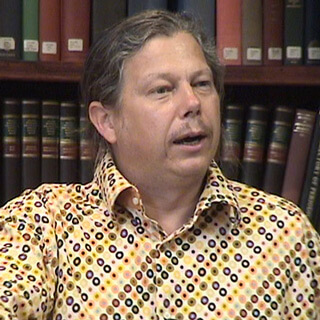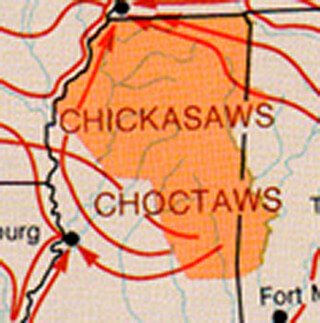Indigenous Souths
Developed for teachers, students, and researchers, educational resources gather Southern Spaces publications into several important fields of knowledge. Featuring well-crafted articles, videos, reviews, interviews, and digital projects, these continuously updated collections of open access materials offer valuable resources for creating study guides and course syllabi, and for advancing research projects. To learn more about our educational resources and how you can incorporate them into your research, teaching, and learning, see our Southern Spaces blog post.
The "Indigenous Souths" educational resource addresses historical experiences, literary and artistic expressions, political conditions, and cultural traditions of Indigenous peoples in the geographical space recognized today as the southern United States. The scholarship featured in this guide contributes to critical discussions of sovereignty, colonialism, Indigenous diaspora, forced removal, and historic violence. By foregrounding space and place, these authors question taken-for-granted boundaries of "the South," engage with the critical discourse of Native American studies, and gesture toward intersections with global, postcolonial, African American, and regional studies.
Featuring interdisciplinary and accessible scholarship on Native Removal, relevant book reviews, and a series of video-recorded dialogues among scholars, activists, and artists on the concerns of Indigenous peoples, this educational resource appeals to teachers and students who seek better understanding of Indigenous spaces and places.
